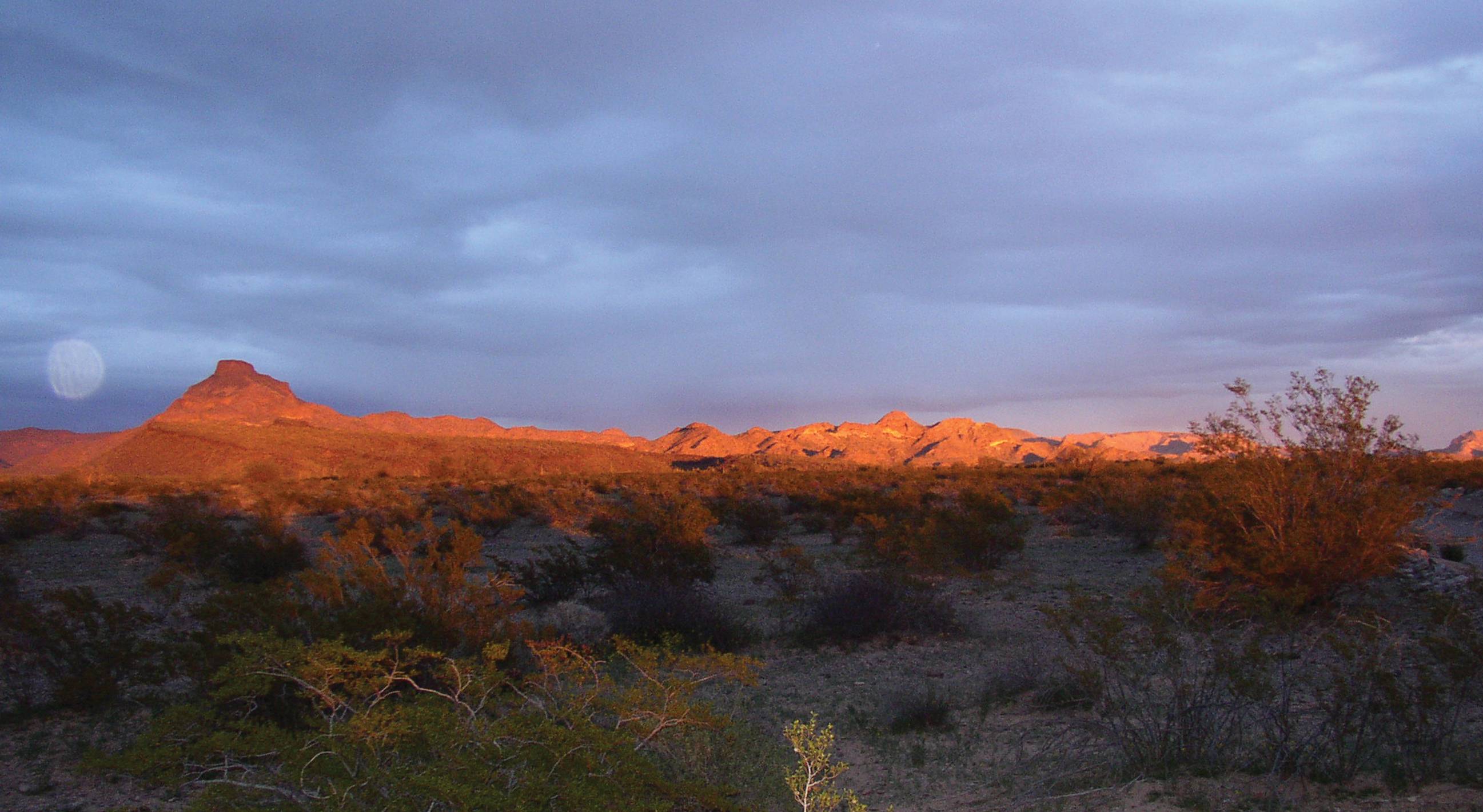Dig this: Texas State partners with Air Force to survey archaeological sites from ancient artifacts to Cold War relics

Dig This
by Michael Agresta
Texas State partners with Air Force to survey archaeological sites from ancient artifacts to Cold War relics
The U.S. Air Force is so focused on winning the future, from developing high-tech weapons to strategizing defenses against 21st-century threats, that it’s easy to forget that the service branch also has a responsibility to the past. Specifically, through the National Historic Preservation Act, the Air Force is obliged to identify and, in some cases, preserve historic structures and sites on the grounds of its military installations — many of them massive, sprawling properties in sparsely-populated Western states.
The Air Force does not normally employ archaeologists and conservation specialists, so, to give the aviation experts a break from shovels and paperwork, last year Texas State University entered into a $1.6 million agreement to perform cultural resource surveys and support at Air Force installations in eight states. The agreement, made between the Integrated Natural and Cultural Resources Team (INCRT) and the United States Army Corps of Engineers (USACE), is part of a larger, potentially $45 million five-year cooperative agreement acquired in 2016 by Dr. Todd Ahlman, INCRT head and director of the Center for Archaeological Studies at Texas State.
"This is meaningful work both for the military and for people who are interested in cultural resources work and historic preservation," Ahlman says, "and it allows students to get real-world training, so hopefully they can find a job more quickly or be more efficient in the jobs they get when they graduate."
A typical survey assignment, Ahlman says, might be a request to walk a 500-acre area of an Air Force installation and look for archaeological sites. INCRT faculty, staff, and students may perform limited excavations, but their primary task for now is more often to create a research design based on expertise concerning how people lived in history and prehistory. In the field, INCRT often plans and performs its research in partnership with private-sector companies that contribute local knowledge.
In some cases, INCRT is also involved in forging partnerships with Native American tribes, the Air Force, and Corps of Engineers. INCRT’s role is to foster discussion with local tribes who may have cultural heritage sites on Air Force installations and to prepare agreement documents to move the process forward. "Including Native Americans more and more with what we do archaeologically is very important — both to get their viewpoints of what they want to learn and to be able to ask them what some of the things we find mean. That helps us with our interpretation of the past," Ahlman says.
Ahlman speaks in broad strokes about the regions and installations where Texas State is partnering. "We really try to keep archaeological sites private, especially locations, so looters don’t try to get to them," he says. For example, the Utah Test and Training Range, near the Great Salt Lake, lies in a region that is a treasure trove of Native American history. "It was a highly utilized area prehistorically," he says. "It’s hard to say what tribes were there, but we know there’s stuff there that ranges back at least 12,000 years."
Much of INCRT’s work, however, has to do with history that is far more recent. Many Air Force installations were first constructed in the mid-20th century and have just recently become old enough to fall under the purview of the National Historic Preservation Act. They represent a time period that will no doubt be of great interest to students of U.S. military history. "Our partners are looking at buildings that were mostly built during the Cold War era," Ahlman says. "They represent this massive buildup of Air Force facilities across the nation."
In February 2018, the university learned from the Corps of Engineers, Kansas City District, that it was selected for four new cooperative agreements to provide support positions at Fort Leonard Wood in Missouri. This project is expected to total $4.6 million over the next five years.
For example, INCRT is performing an architectural survey at Clear Air Force Station, just north of Denali National Park and Preserve in Alaska. That installation was built in 1958, to help spot Soviet intercontinental and submarine-launched ballistic missiles headed toward the continental United States. INCRT is also contracting at the Cheyenne Mountain Air Force Station, home of the North American Aerospace Defense (NORAD) Command from 1968-2006. "We’re not looking at any of the NORAD structures or the famous bunker, but it’s still pretty cool that we have crews going to the place where NORAD was centered," Ahlman says.
In February 2018, the university learned from the Corps of Engineers, Kansas City District, that it was selected for four new cooperative agreements to provide support positions at Fort Leonard Wood in Missouri. This project is expected to total $4.6 million over the next five years.
The INCRT’s work goes far beyond archaeology; it involves 67 resource specialists from nine units at Texas State, including the Departments of Biology and Geography, The Meadows Center for Water and the Environment, the Center for Geospatial Intelligence and Investigation, the Institute for Government Innovation, the Center for Archaeological Studies, the Forensic Anthropology Center, and the Center for Public History. The combination of all those separate areas of excellence adds up to an institution that has earned the trust and partnership of the most powerful military in the history of the world.
"For our center and other centers across the university, we’re being recognized for the research strengths that we have, and for the ability we have to research as well as perform compliance work around the country," Ahlman says. "It shows that our faculty and staff have a wide range of research backgrounds that can support an agreement such as this." ✪